In 2015, the YouTube CEO revealed more than 400 hours of video is uploaded to the site every minute. Viewers are watching more digital and live user-generated streams than ever before. More social platforms offer video ad offerings than before causing brands to increase their digital video budgets.
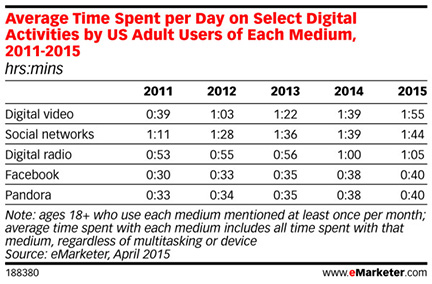
A recent pioneering live-video experiment was a Gwen Stefani live music video sponsored by Target during the Grammys. This event made network broadcasting history as the singer introduced her new music video during a live-televised event. Throughout the music video Target’s brand colors and logo were featured. With over 250 crew members and 7 costume changes in a single shot and take during a Grammys commercial break, the brand and singer created immediate buzz. Target now uses clips of the live performance as digital commercials and actively promotes customers receive 4 additional songs on this album if they pre-order it through Target.
Why would Target sponsor this type of event—a first-of-its-kind live music video? The brand wanted to outdo their last year’s four-minute live performance by Imagine Dragons. What made this event challenging and unique? The singer changed into multiple outfits, the music video had personality and spunk, and a stunt double fell at the end causing additional social media mentions throughout the evening. “Did Gwen really fall?”
Target is making strides to reach a younger demographic and increase music sales. With this advertisement / music video, Target stood out from the pack and capitalized on a current and risky trend of live-video content. The end result was successful and amazing. Target received significant visibility with its creative concept. It leaves me thinking, how can they outdo it next year?
Read more…
http://variety.com/2016/music/news/gwen-stefani-grammys-live-music-video-target-1201706800/

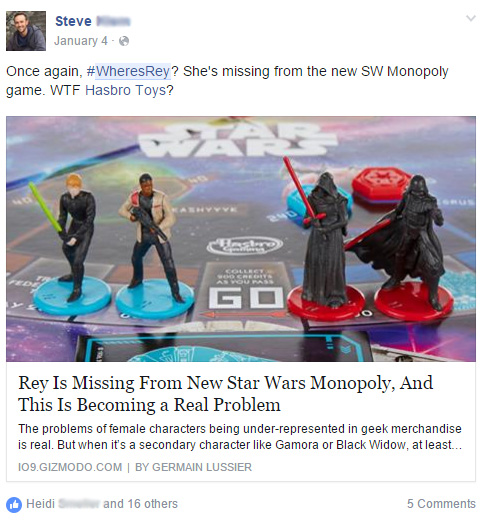
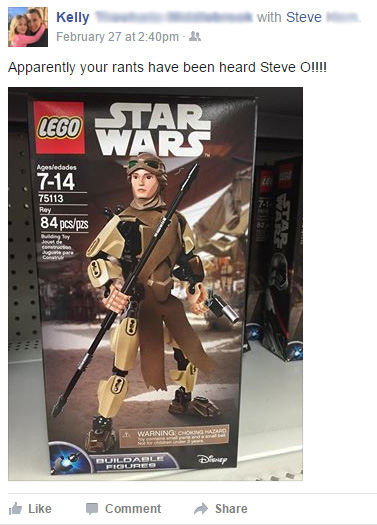
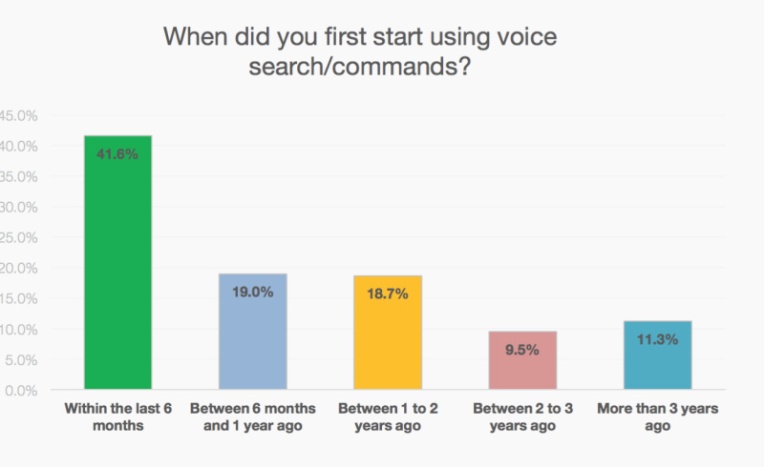

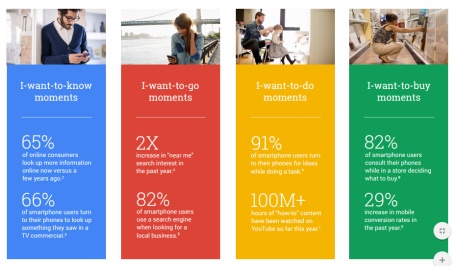
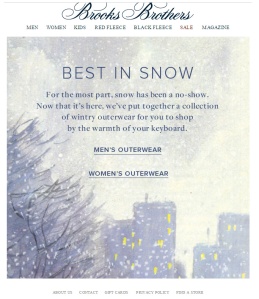 During the blizzard, standard brand promotional email messages were sent like clockwork. One said, “Say Hello to Spring!” Is the brand showing they care about the consumer? Millions were impacted by the blizzard, all over the country. Brands should know my personal location and could be aware that I am being impacted by a blizzard. Would it be more appropriate to use a different email subject or use a different marketing message? Definitely! Several brands sent more appropriate messages like, “Oh snow, you didn’t” and “SNOWED IN? Get Free Shipping + 40% Off Online Savings Pass”. Excellent, I get free shipping and a discount for my inconvenience of being snowed in my house!
During the blizzard, standard brand promotional email messages were sent like clockwork. One said, “Say Hello to Spring!” Is the brand showing they care about the consumer? Millions were impacted by the blizzard, all over the country. Brands should know my personal location and could be aware that I am being impacted by a blizzard. Would it be more appropriate to use a different email subject or use a different marketing message? Definitely! Several brands sent more appropriate messages like, “Oh snow, you didn’t” and “SNOWED IN? Get Free Shipping + 40% Off Online Savings Pass”. Excellent, I get free shipping and a discount for my inconvenience of being snowed in my house!